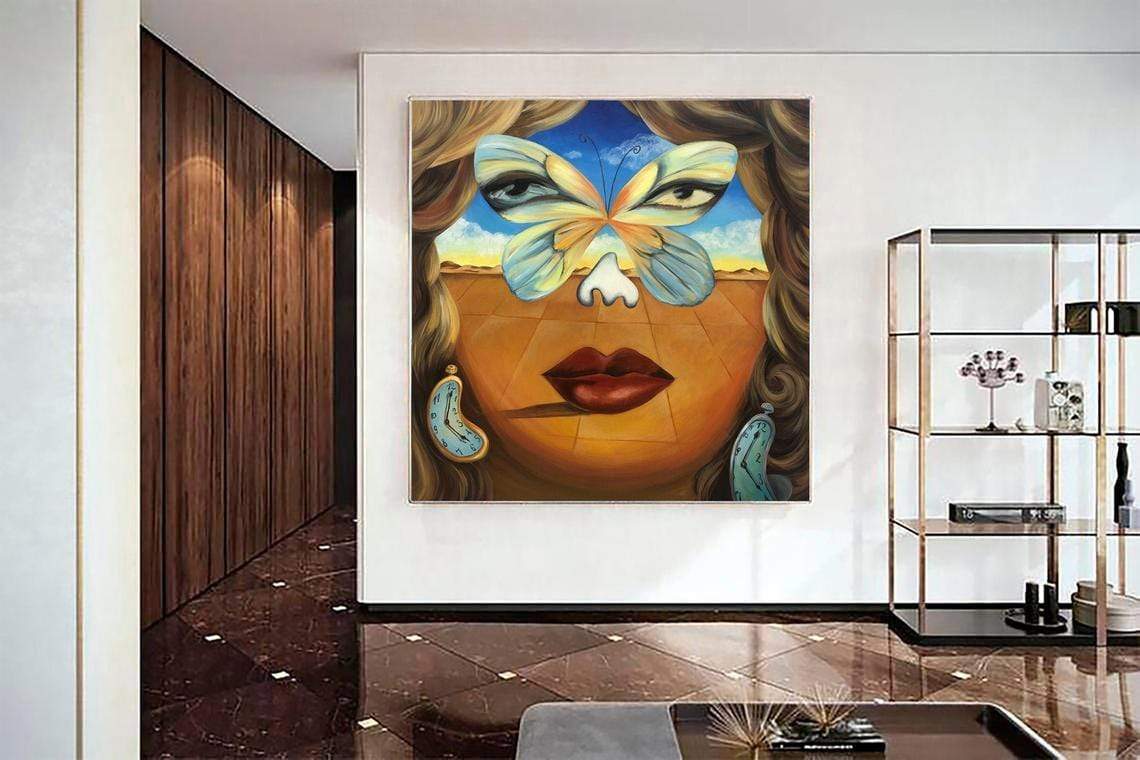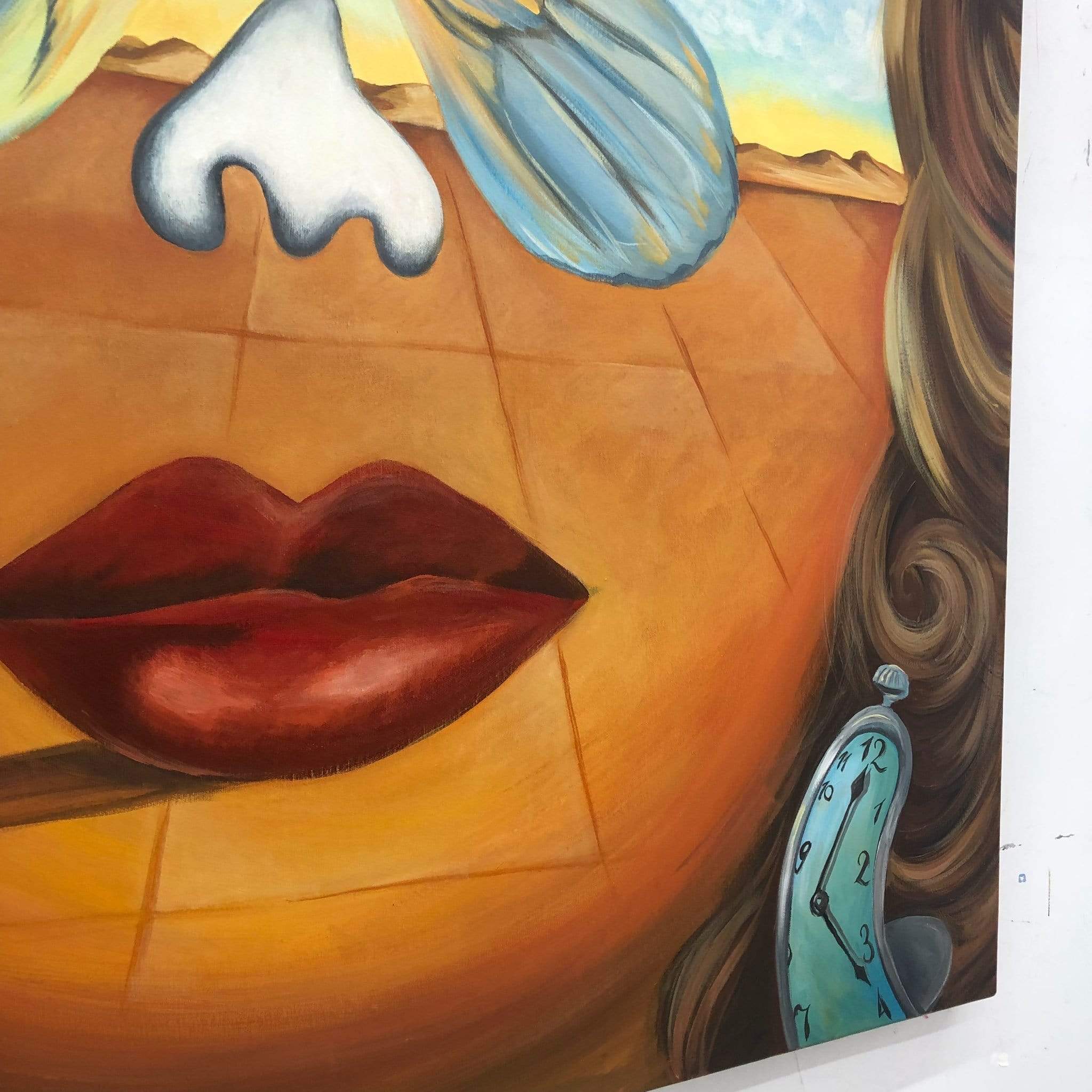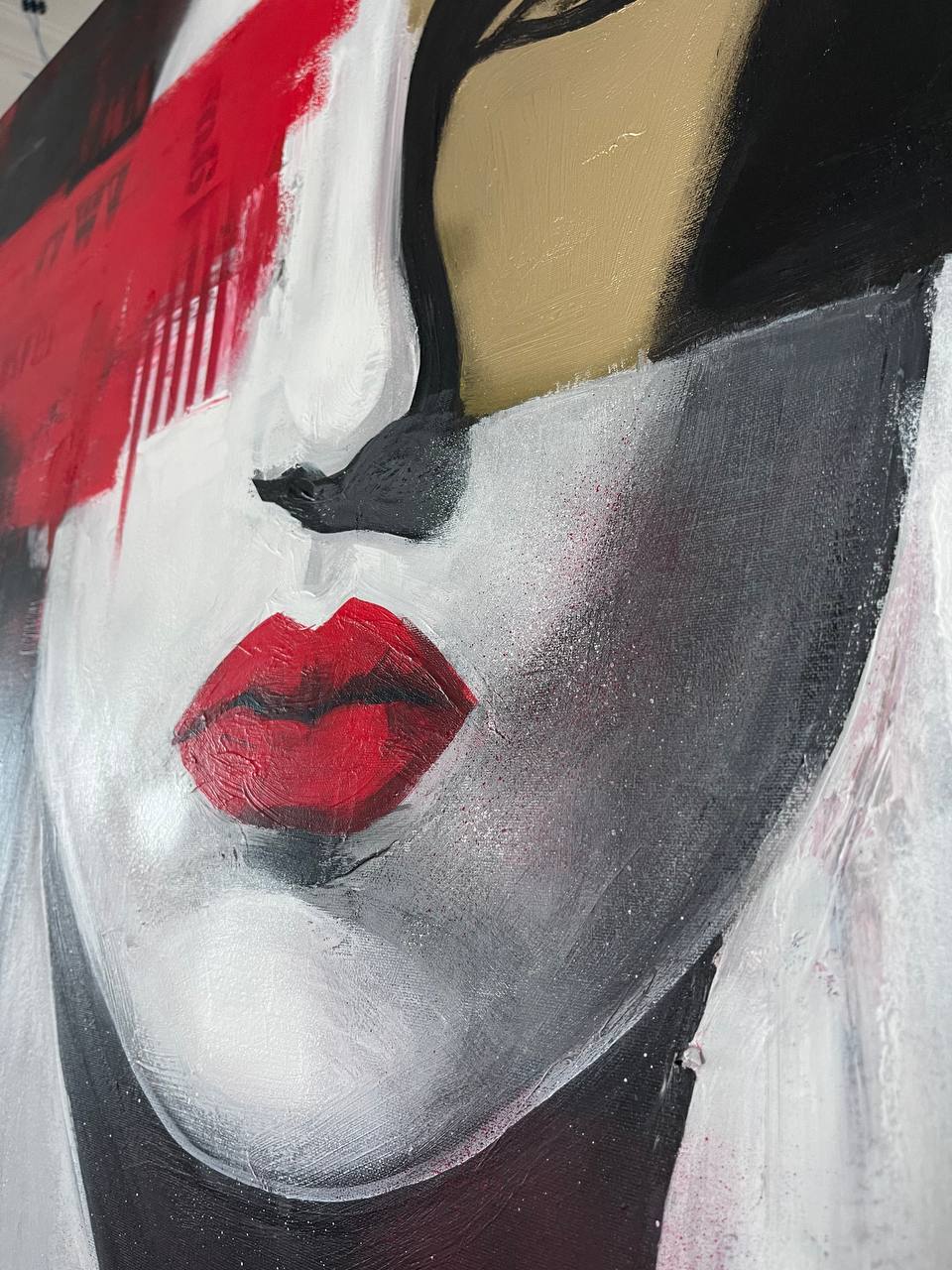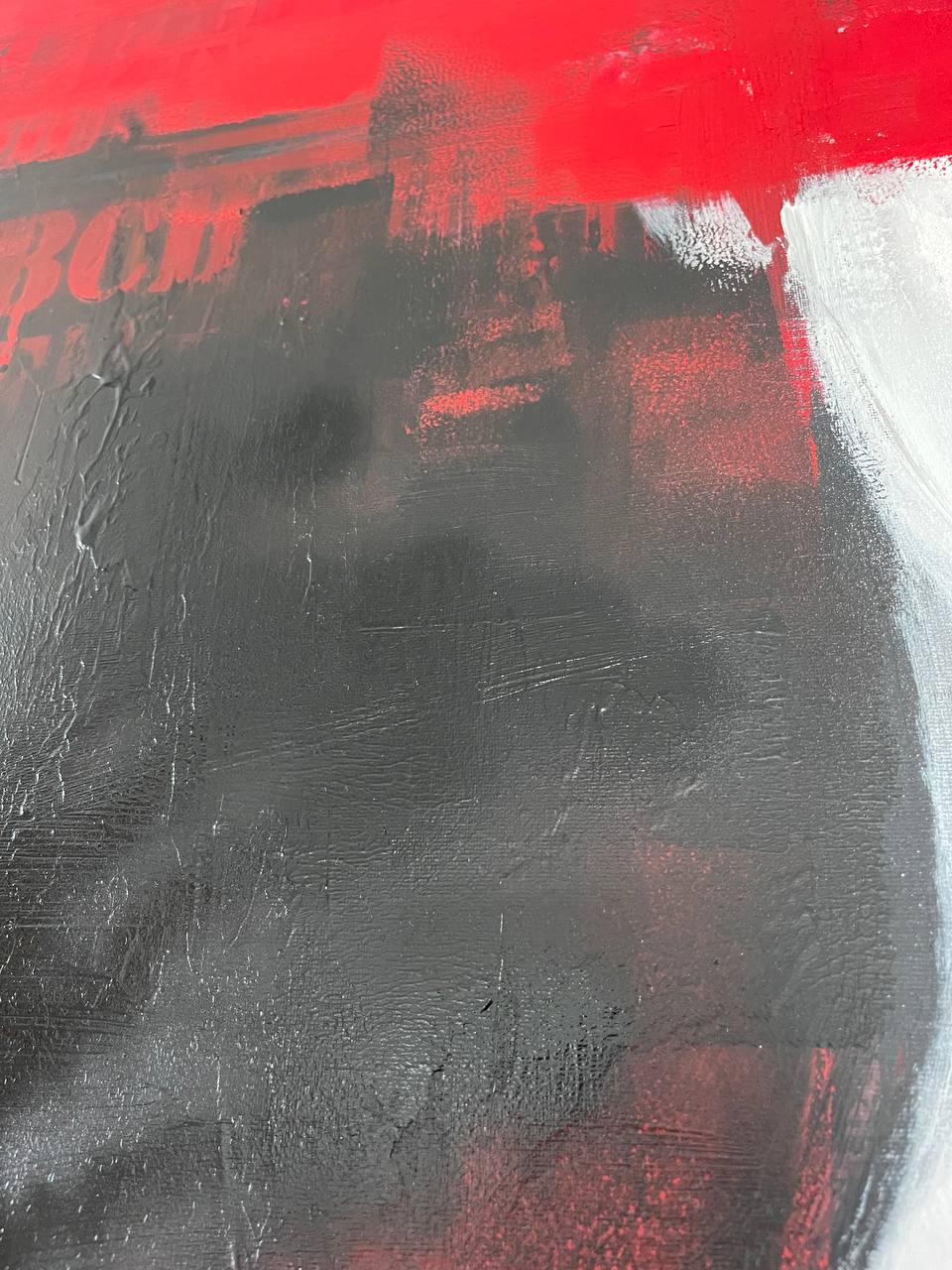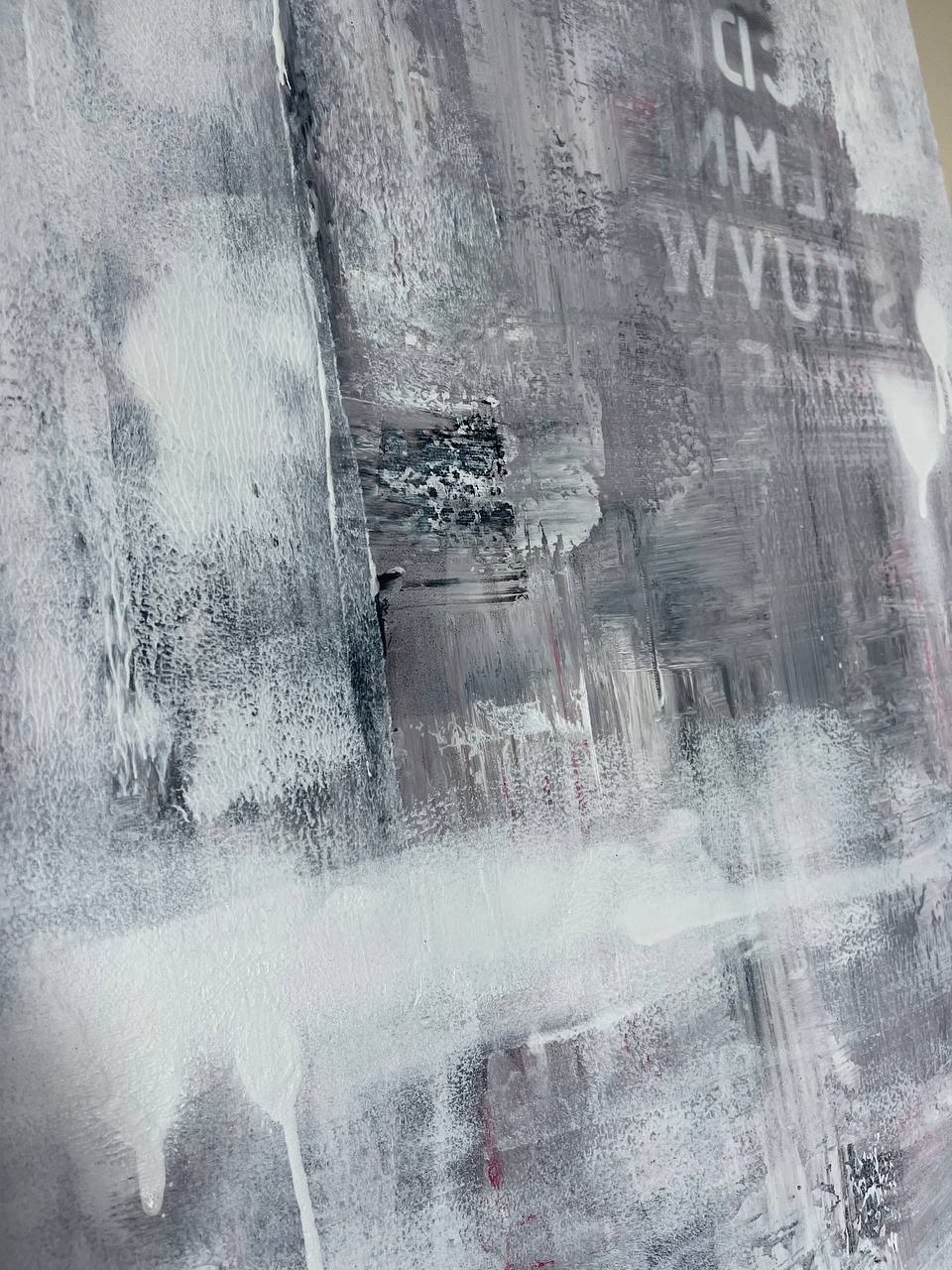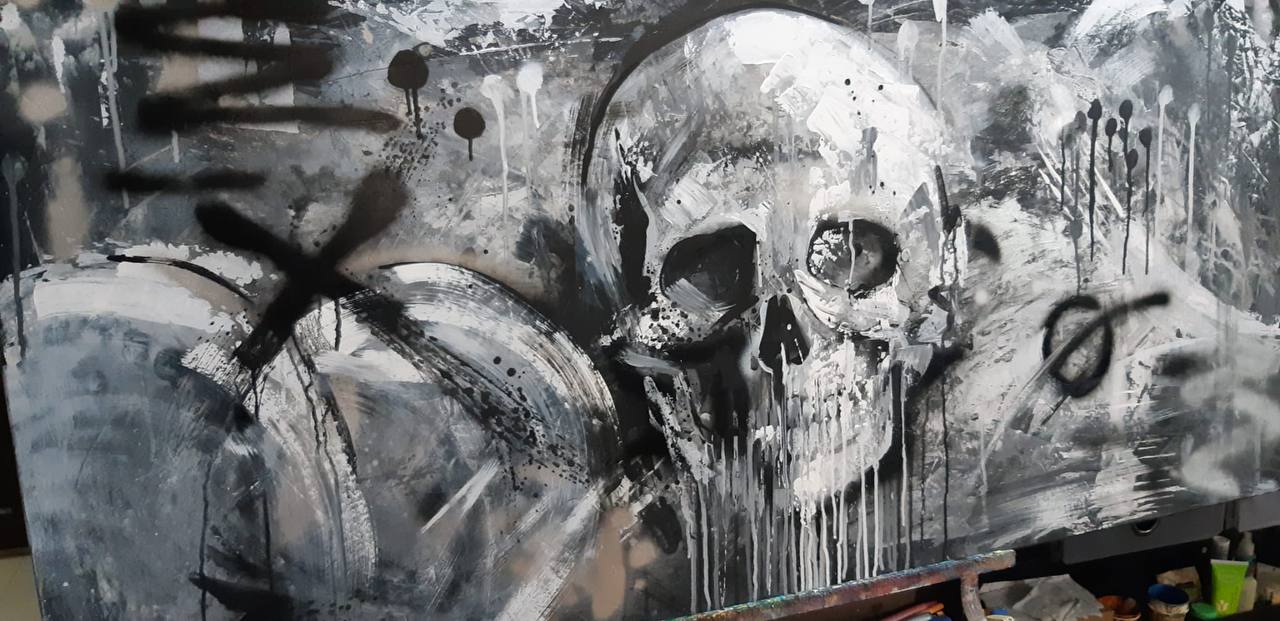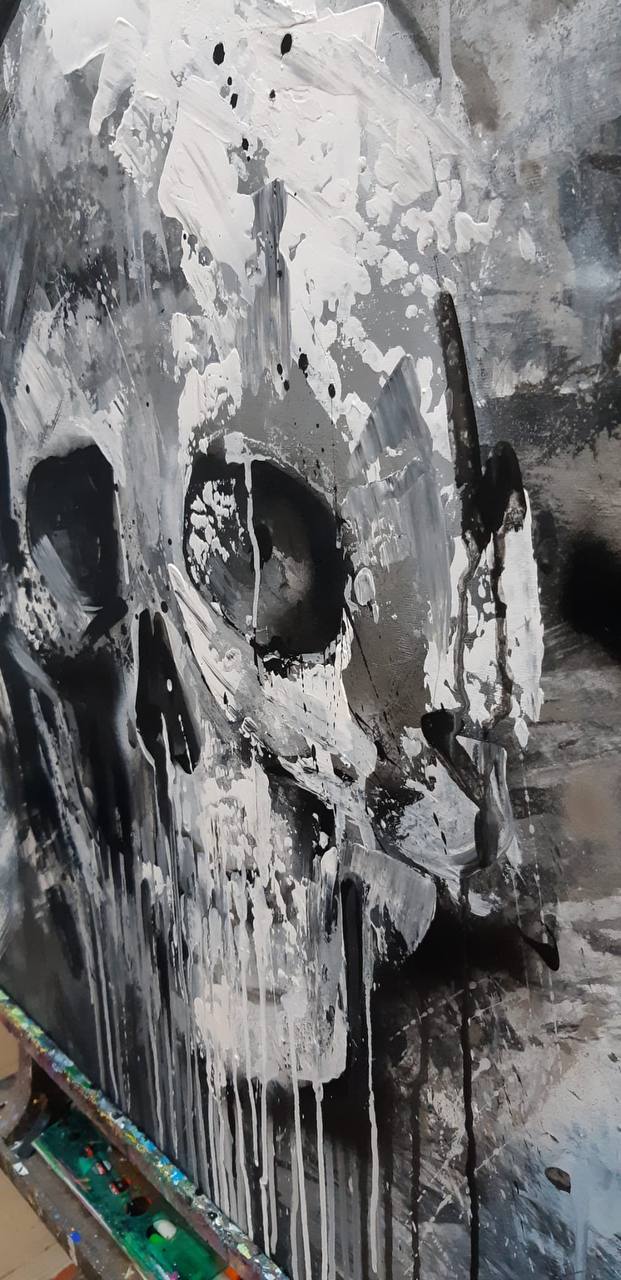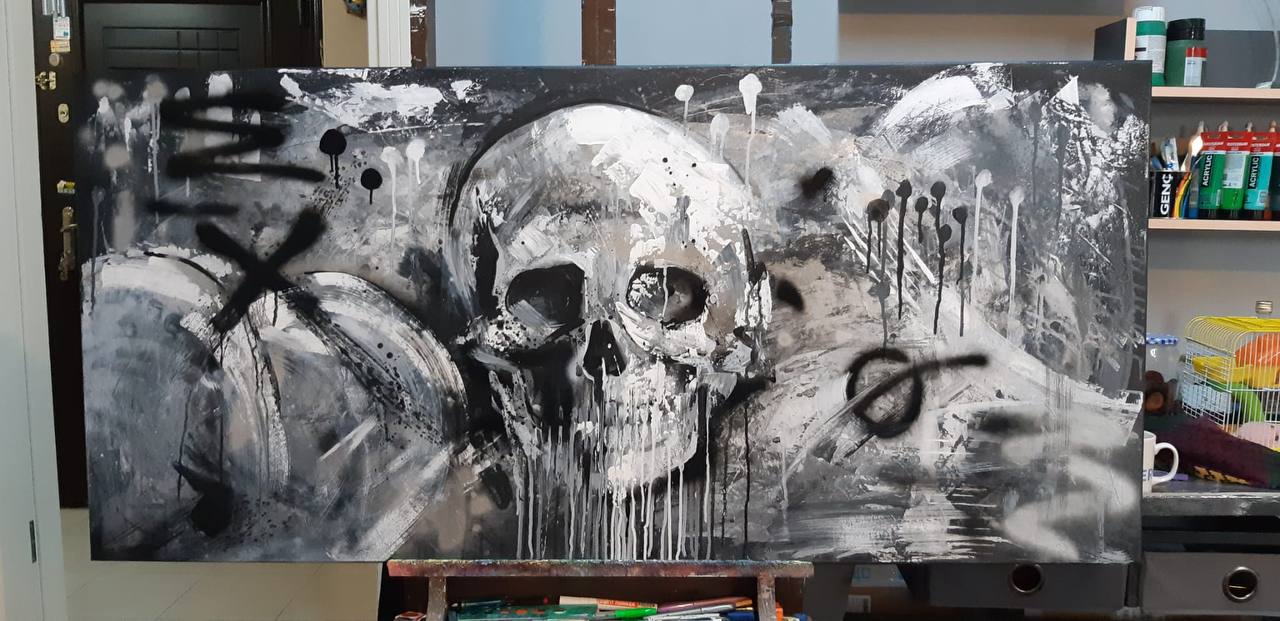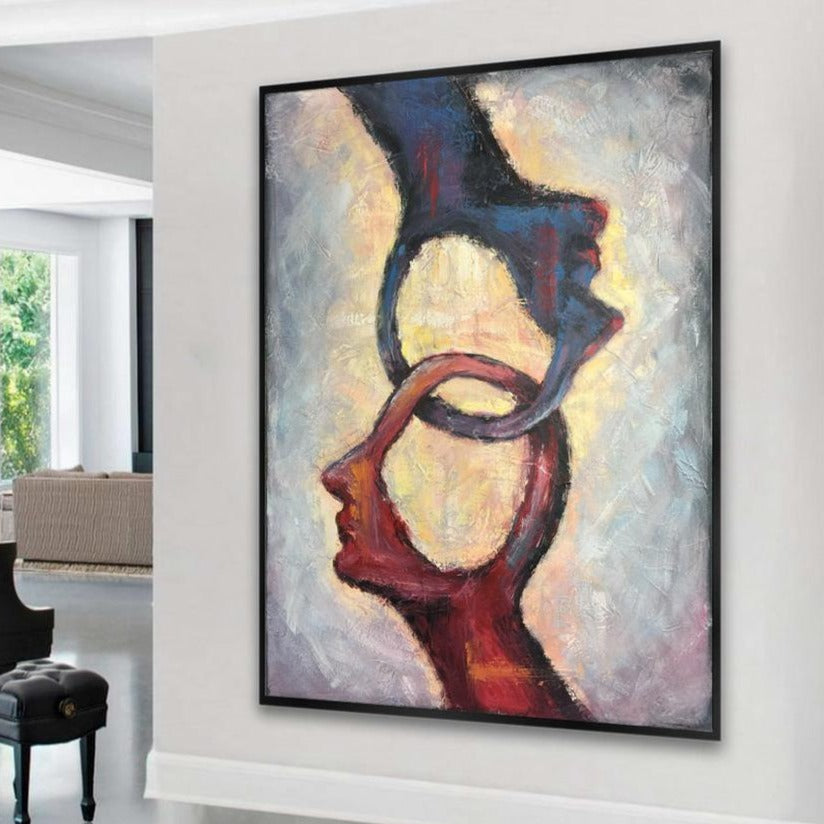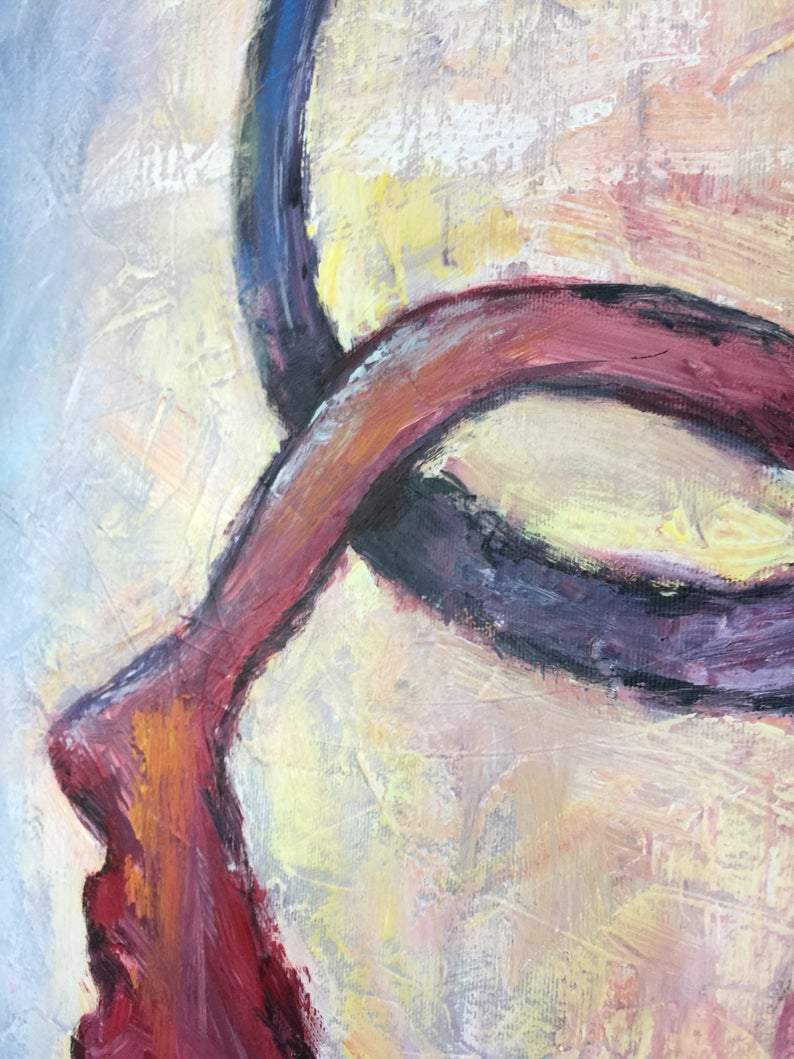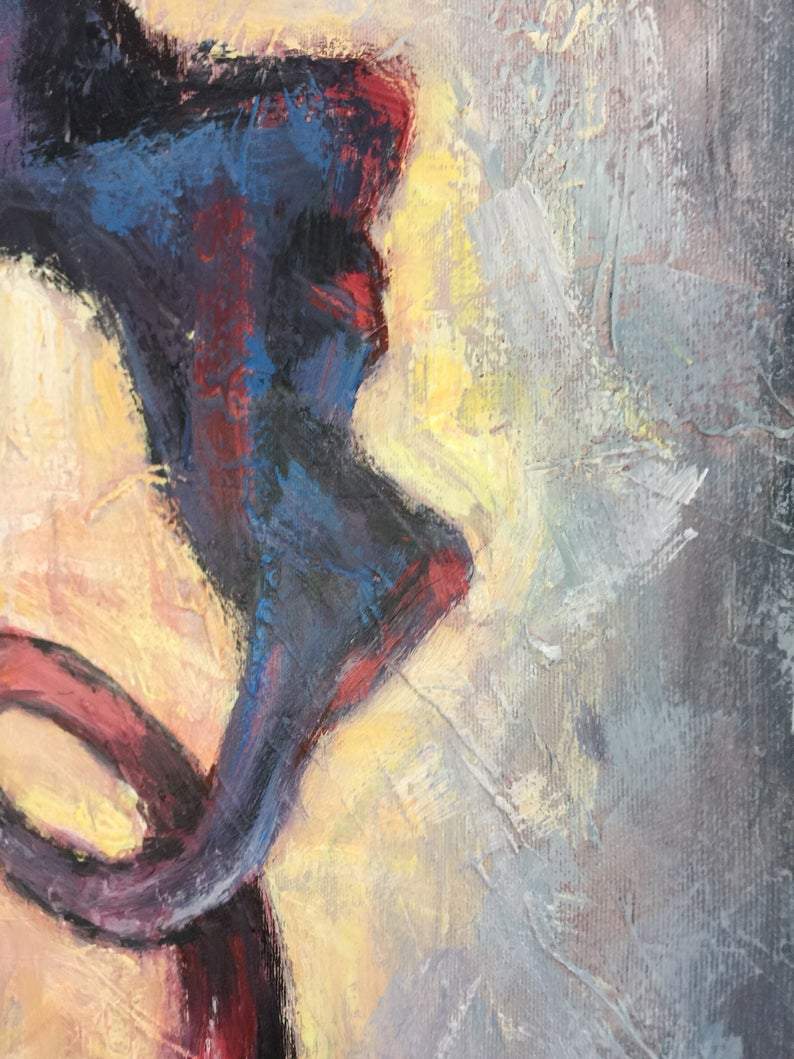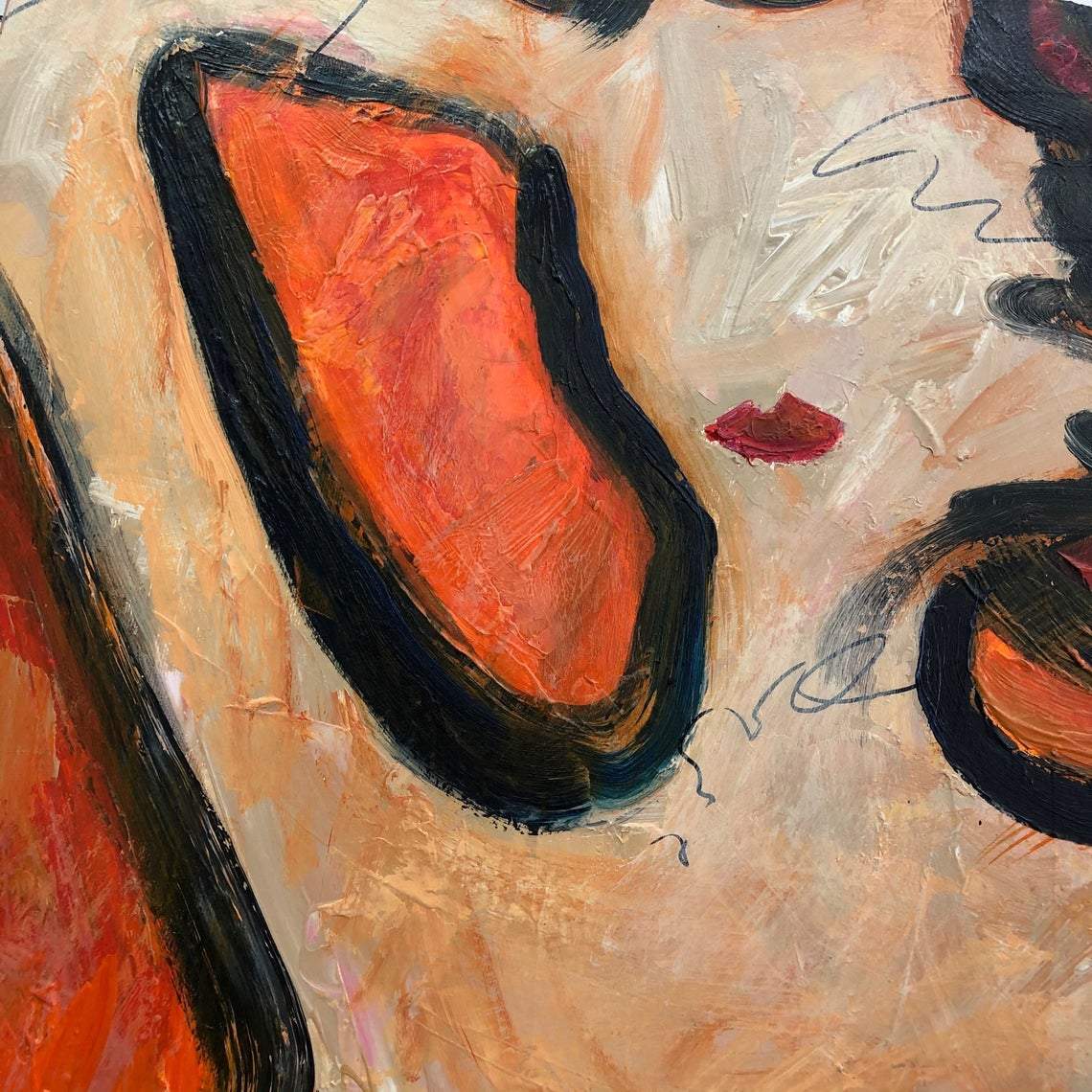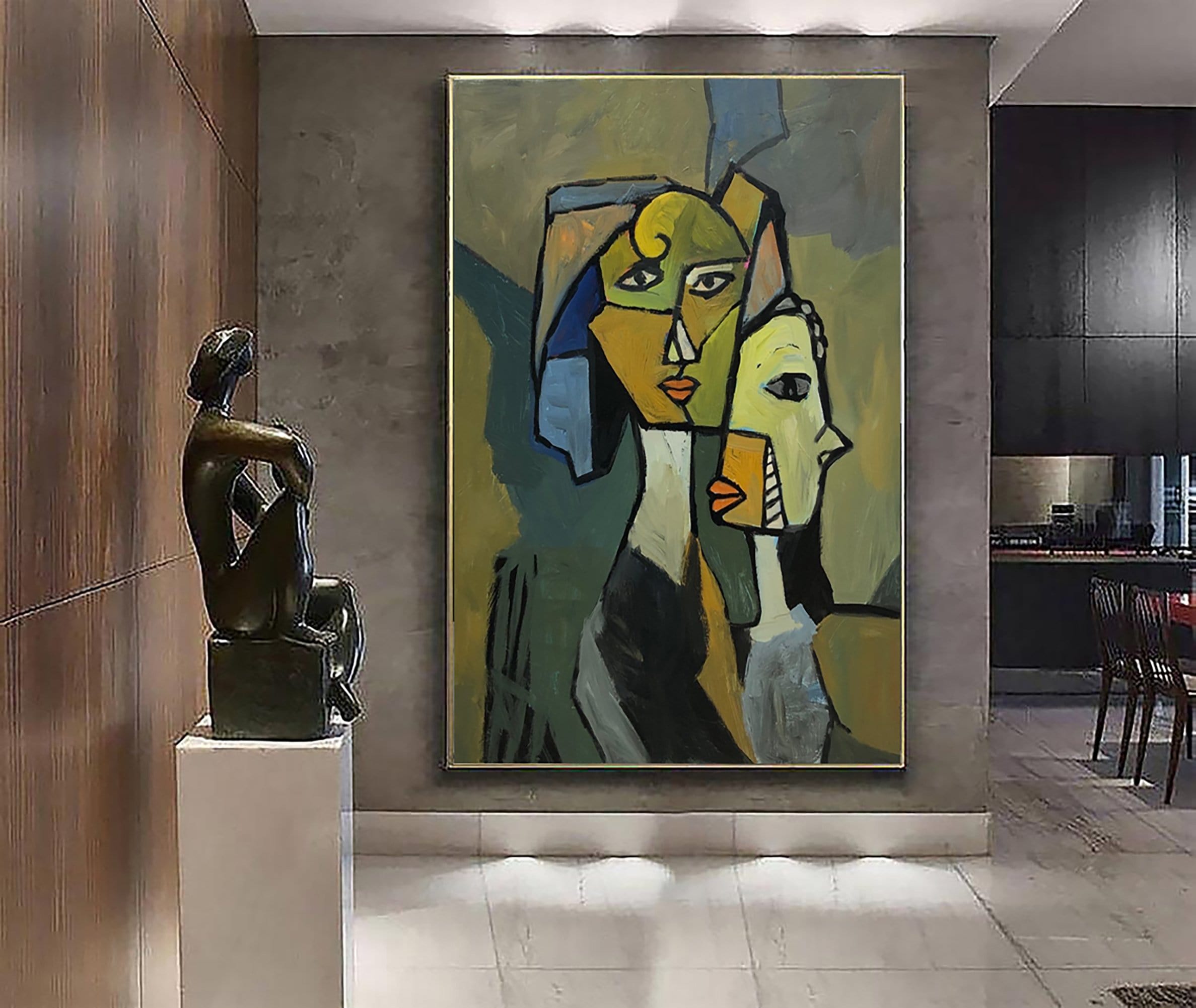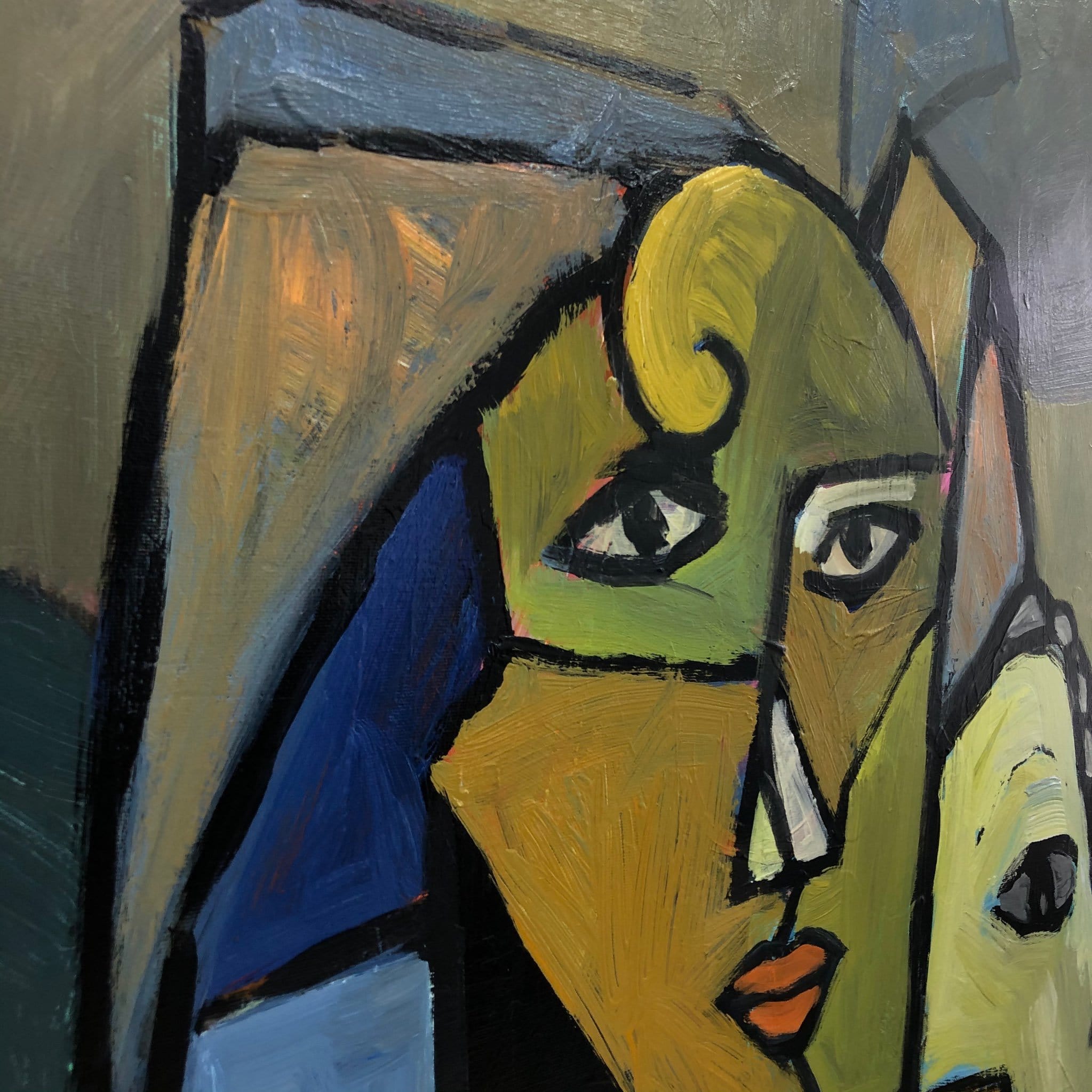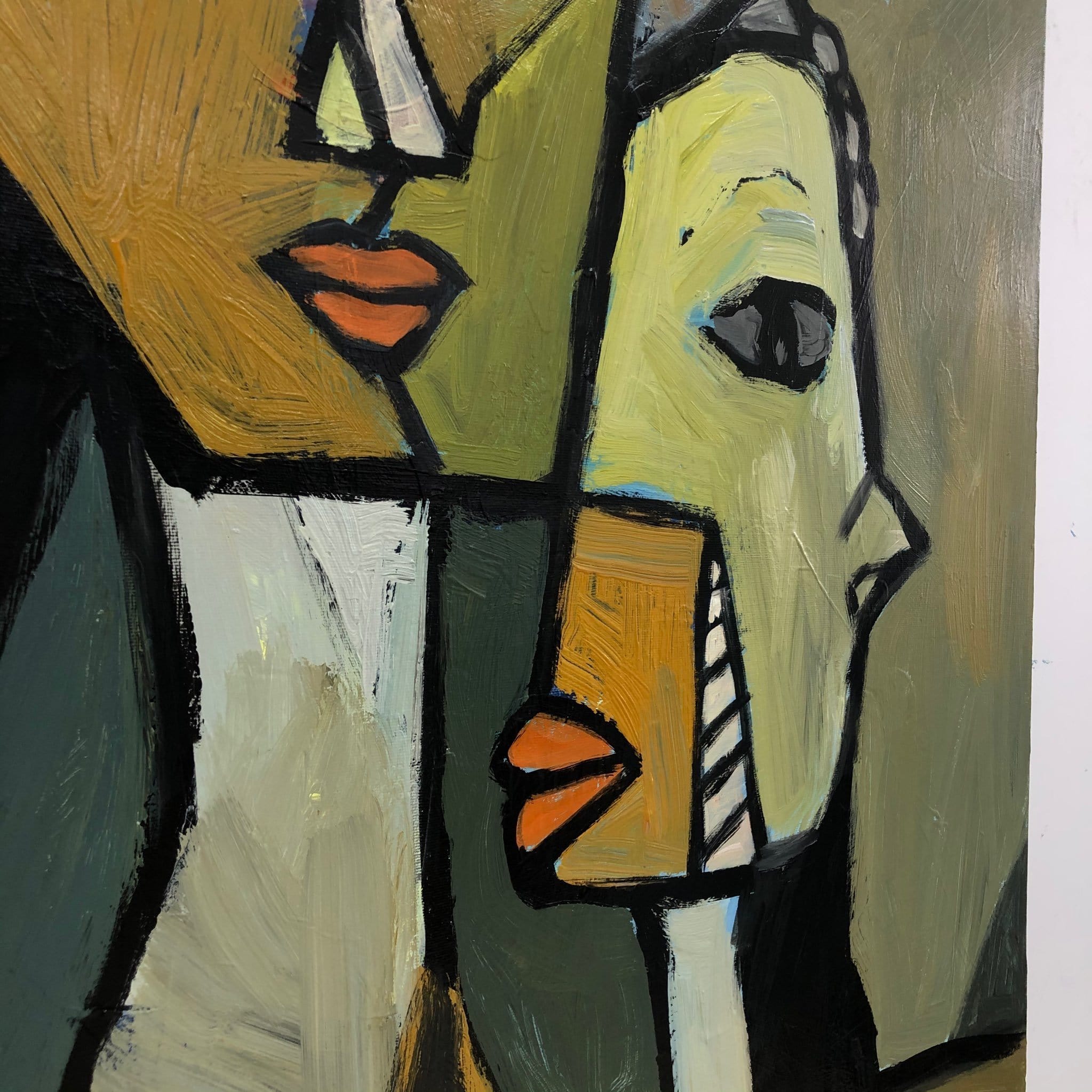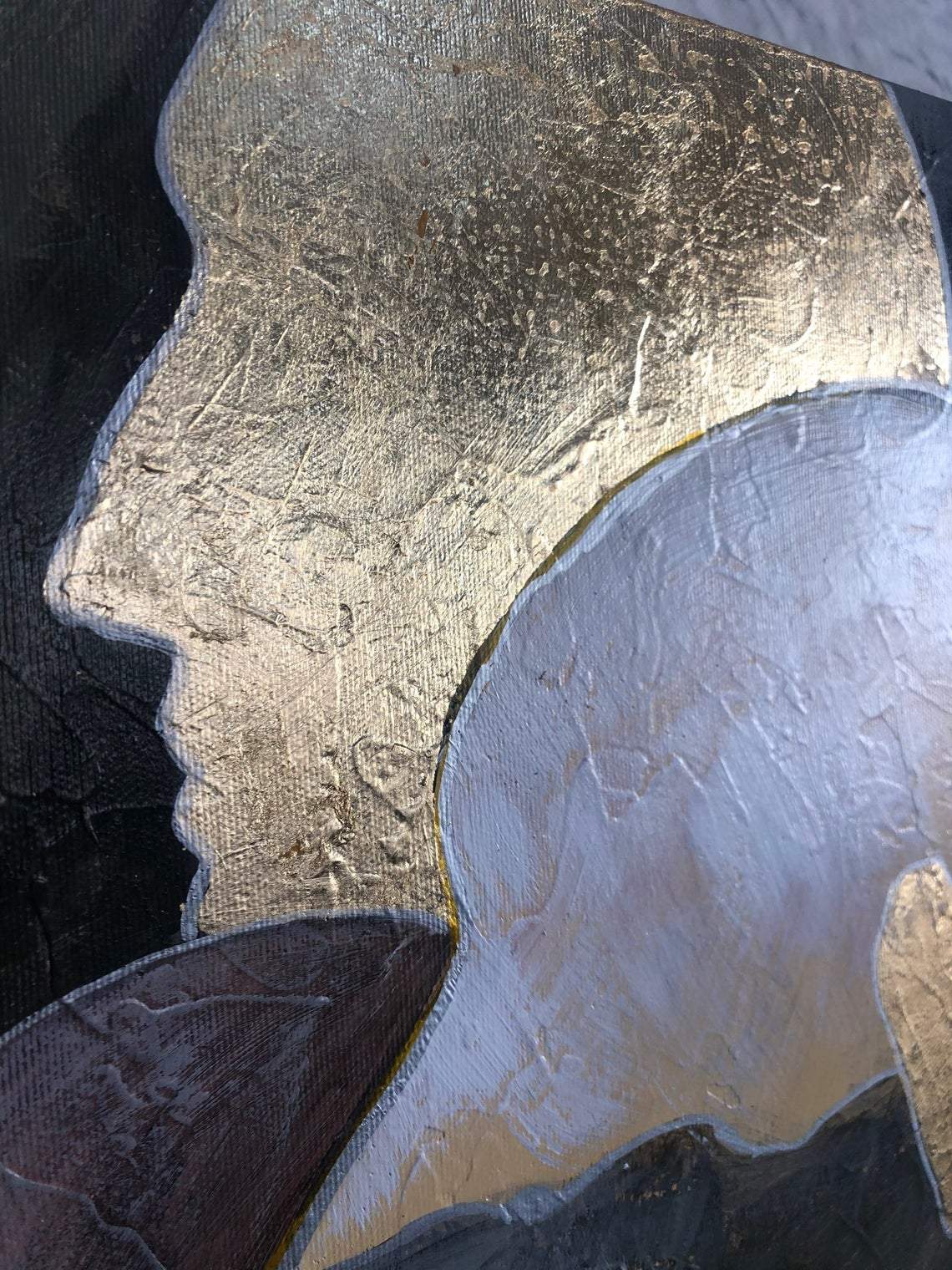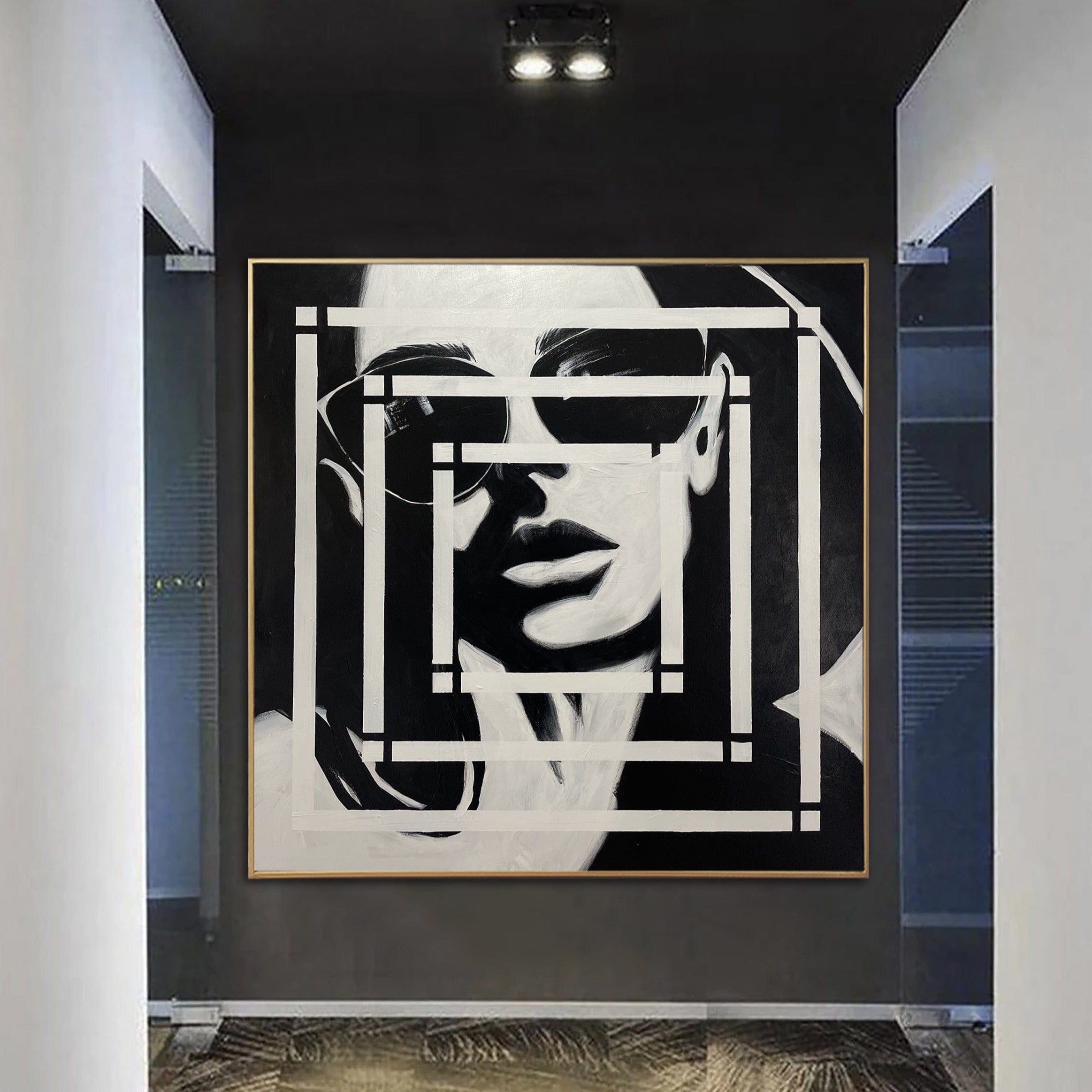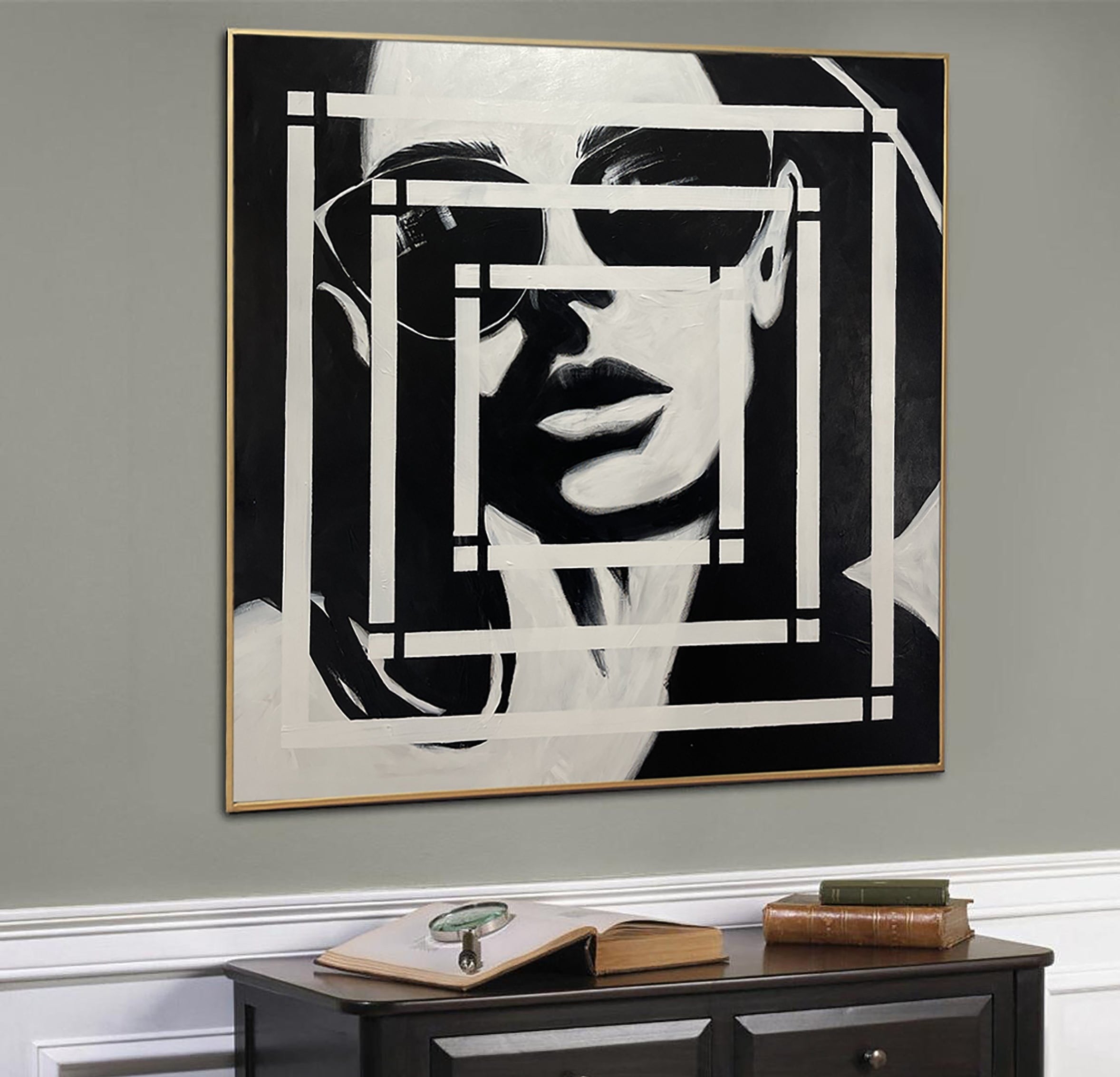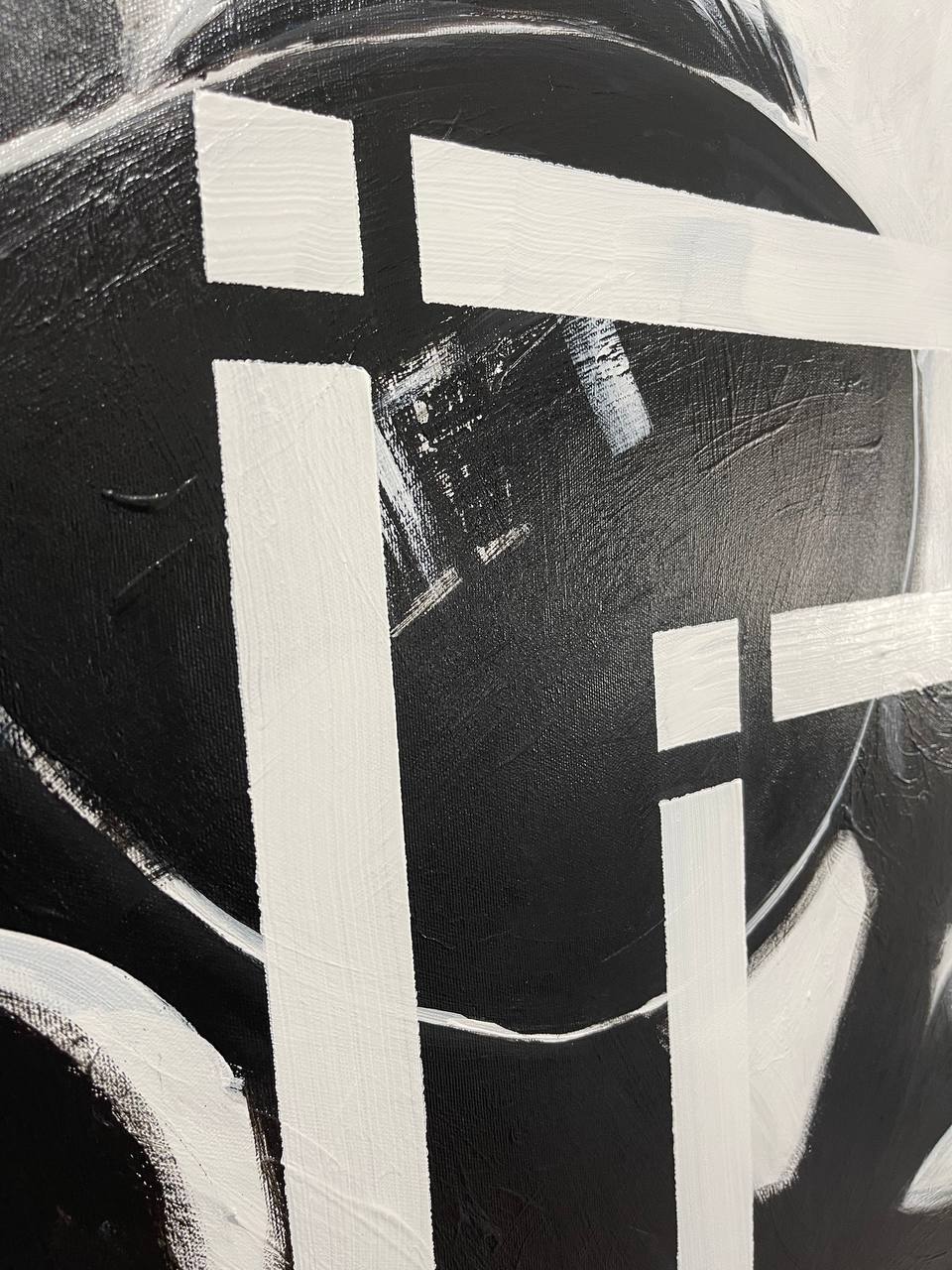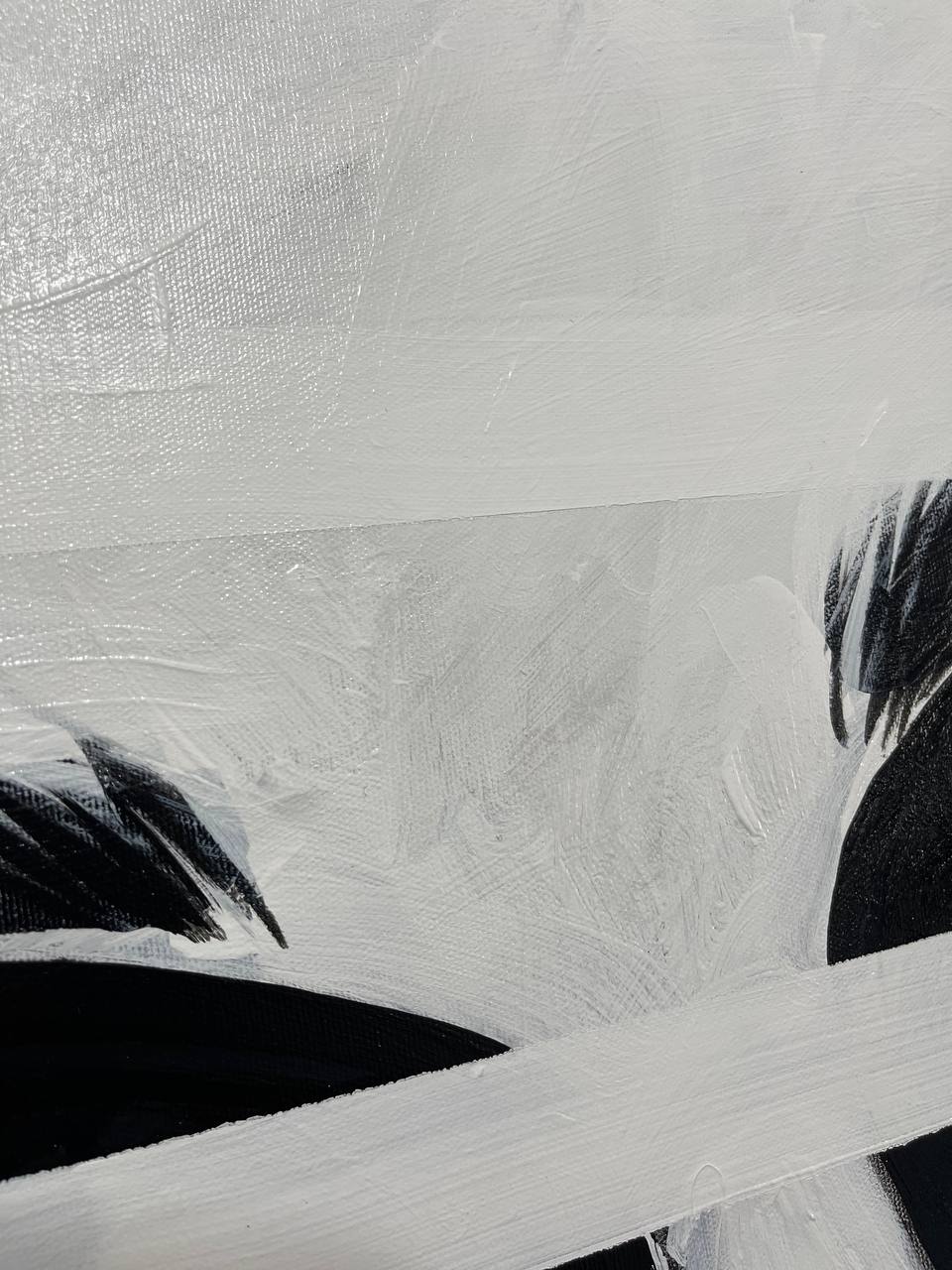Dalí's unique approach to surrealism continues to inspire contemporary artists. To explore modern interpretations of surreal and abstract art, consider browsing our curated collections, such as Modern Abstract Paintings and Colorful Abstract Paintings. Dalí's art transcends conventional boundaries, merging dreams, symbolism, and exceptional technical skill to create compelling visual narratives. His masterpieces can be called gateways to the intricate labyrinths of human consciousness. These most famous paintings by Salvador Dalí embody his surreal vision and continue to captivate art lovers worldwide.
Dalí's distinct ability to weave surreal dreamscapes with meticulous detail has left an indelible mark on art. His paintings, mystical and ethereal, are populated with bizarre dreams and complex narratives that could fuel entire seasons of a surrealistic series.
Dalí changed our perception of art by claiming that it is a gateway to the parallel universes hidden inside the thoughts of great artists, rather than just something aesthetically beautiful. His creative output is now highly regarded for its imaginative and visionary qualities, as well as its lasting impact on our sense of reality and imagination. This reflects why Salvador Dalí is famous and highlights the enduring appeal of Salvador Dalí artwork.
1. The Persistence of Memory (1931): Most Famous Work by Salvador Dalí

The Persistence of Memory, by Salvador Dali 1931
"The Persistence of Memory," the artist’s most famous painting and a foundational work of surrealism. This work of art is praised by all for its vivid, surreal images of melting clocks in a barren setting, perfectly capturing the ephemeral and fluid nature of time. The painting's fame goes far beyond the art world; it has been extensively replicated in a variety of media worldwide and is now considered a classic surrealist emblem.
"The Persistence of Memory" is not just Dalí's most famous work but also ranks as the most recognized surrealist painting on the earth. Its iconic images of melting pocket watches, a visual exploration of time's non-linearity and irreversibility, were inspired by the surreal sight of melting cheese on hot toast. This image vividly portrays time as something that is not solid or reliable but rather something fluid and unpredictable.
Dalí's talent shows itself in his ability to fill a small canvas with enormous depth, sculpting each element with accuracy despite its miniature scale. His dedication to this artwork was intense; despite suffering from migraines while working on it, he transformed his agony into the solemn image of a sleeping head, bringing a personal depth to the universal concept of time. His muse, Gala, famously claimed that once seen, this painting could never be forgotten, which may have spurred her own enthusiasm and pride for this masterpiece.
For artworks that evoke a similar sense of dreamlike distortion and abstract time, explore our Geometric Abstract Paintings collection, where form and perception are playfully manipulated.
2. Sleep (1937): The Unconscious Mind and Surrealist Symbolism
 Sleep, by Salvador Dali 1937
Sleep, by Salvador Dali 1937
Salvador Dalí takes us on a profoundly strange and frequently warped journey into the unconscious psyche with "Sleep". Through warped, dreamy figures that appear to hang perilously, supported only by delicate crutches, this painting explores the abstract nature and vulnerability of the sleeping psyche in a sad way. The themes of sleep and dreams are recurring in Dalí's works, which is indicative of his concern with the unconscious as a source of inspiration and understanding.
As a quintessential surrealist, Dalí had a deep genuine interest in the theme of sleep, viewing it as a direct portal to the unconscious. In "Sleep," he presents a large, shapeless head, akin to an empty sack, precariously upheld by a series of fragile supports. Even the head's swollen eyelids require props to sustain their weight. Set against a backdrop of infinite blue space, the scene gets its unreality amplified, emphasizing the ethereal and ephemeral quality of dreams. A diminutive dog, also part of this dreamscape, appears disconnected from the head and similarly propped up, underscoring the fragility and dependency of the dream world. This painting, inspired by Dalí's own dream experiences wherein he sought to lose himself, proves his mastery in conveying the profound and often unsettling depths of the human mind.
3. Dream Caused by the Flight of a Bee Around a Pomegranate a Second Before Awakening (1944): Dalí’s “Hand-Painted Dream Photography”

Dream Caused by the Flight of a Bee Around a Pomegranate a Second Before Awakening, by Salvador Dali 1944
"Dream Caused by the Flight of a Bee Around a Pomegranate a Second Before Awakening," Salvador Dalí's masterpiece, is a striking example of surrealism and what he called "hand-painted dream photography." Intricately fusing aspects of dread and beauty, this piece shows Dalí's intense interest in Freudian dream interpretation. The painting investigates the ability of the unconscious mind to connect seemingly unconnected symbols and worries. It features tumbling tigers, a weapon in position, and a hanging pomegranate with a bee flying to it.
The painting is compelling for its intricate surreal imagery and features Dalí's longterm muse and wife, Elena Dyakonova, popularly known as Gala. Her peaceful image placed in the center and set against the chaotic and dangerous things around her represents the junction of beauty and the subconscious concerns that Freudian theory frequently investigates. The painting's narrative components pay homage to Freud's "The Interpretation of Dreams," which had a significant influence on Dalí. This piece exhibits Dalí's surrealist approach, which portrays the ethereal and transient essence of dreams with astonishing clarity and inventiveness, demonstrating his ability to transform dreamscapes into physical art.
4. The Great Masturbator (1929): Exploring Dalí’s Psyche and Symbolic Obsessions

The Great Masturbator, by Salvador Dali 1929
This painting stands as a profound exploration of the artist's psyche marked by its provocative blend of sexuality, fear, and fantasy. This controversial piece reveals Dalí's unique ability to channel his deepest personal traumas and obsessions into art, by means of a bizarre array of symbolic imagery. The painting dives deep into the realms of the unconscious, where Dalí's personal fears and desires manifest themselves through vivid, often unsettling visuals. Once again, the canvas is dominated by a huge, sleeping head, a recurring motif in Dalí's work that speaks to his fascination with the subconscious.
"The Great Masturbator" shows a distorted face, downturned in a gesture of perhaps shame or introspection, surrounded by a complex set of elements. These symbols intricately weave together the references to the traumatic experiences from Dalí's youth and challenges he faced in adulthood, offering a window into the artist's troubled inner world. Dalí held onto this artwork until his death, after which it was bequeathed to the Spanish state, underscoring its cultural value as a hallmark of surrealism. This painting highlights not only Dalí's technical prowess but also his courage in confronting and portraying the darker, more intimate corridors of his mind.
5. Leda Atomica (1949): Surrealism Meets Science in Dalí’s Atomic Art
 Leda Atomica, by Salvador Dali 1949
Leda Atomica, by Salvador Dali 1949
The way Salvador Dalí combines surrealism with the state-of-the-art field of atomic physics in "Leda Atomica" illustrates his transition as an artist into what he called his "nuclear mysticism" phase. This painting illustrates Dalí's extreme interest in the mechanics of atoms, the interest that greatly affected his subsequent works and was greatly influenced by the atomic bomb blasts over Hiroshima and Nagasaki in 1945. In "Leda Atomica," Dalí painstakingly positions every component to hover in midair, referencing the atomic principle that particles never come into contact and reflecting the forces of attraction and repulsion.
Salvador Dalí was captivated by the physics underlying atomic energy, drawing a personal parallel between atomic particles and his own nature. Known for his reluctance to physically contact people apart from his beloved wife Gala, Dalí saw a reflection of himself in the atomic world where elements exist in constant repulsion. This concept is vividly illustrated in "Leda Atomica," where not a single element makes contact with another. Gala is portrayed as Leda, the wife of the Spartan king seduced by Zeus, transformed into a symbol of unreachable and immaculate beauty. Through this composition, Dalí explores the scientific underpinnings of the universe and delves into themes of isolation and connection, showing his continuous innovation in blending science with art.
6. The Face of War (1940): A Haunting Vision of Despair and Destruction
 The Face of War, by Salvador Dali 1940
The Face of War, by Salvador Dali 1940
"The Face of War" presents a haunting embodiment of despair and destruction that powerfully captures the grotesque reality of conflict. This profound work features a decaying face, its mouth and eye sockets filled with repeating smaller faces, all set against the stark backdrop of a barren desert landscape. Through this visceral image, Dalí communicates the relentless and cyclical nature of violence, reflecting his own deep-seated fears during the tumultuous period of World War II.
"The Face of War" emerged from a period of intense emotion and urgency for Dalí. He began painting this canvas while on a ship traveling to the USA with his wife, driven by the colossal events of the time to express his turbulent feelings through art. This painting is distinct in Dalí’s oeuvre as it directly conveys his thoughts and mental state during the war. The central face, filled with despair and anxiety, is surrounded by smaller, identical faces that echo the main expression, symbolizing the unending cycle of suffering. Adding to the dramatic intensity, venomous snakes swarm around the face, enhancing the sense of doom and foreboding.
7. Galatea of the Spheres (1952): The Science and Beauty of Fragmentation
Galatea of the Spheres, by Salvador Dali 1952
"Galatea of the Spheres" is a dazzling combination of art and science, showing Salvador Dalí's muse, Gala, through an elaborate assembly of spheres that form an engaging three-dimensional composition. This piece marks a vivid exploration into Dalí's fascination with atomic theory and geometric forms, illustrating his progressive shift towards what he described as nuclear mysticism during this period of his career. The painting not only portrays Gala's visage through a mesmerizing cluster of meticulously arranged spheres but also mirrors the essence of atomic structure, where everything is interconnected yet seemingly suspended in space.
This artwork belongs to Dalí's nuclear-mystical period, driven by his avid interest in science and atomic disintegration. The face of Galatea emerges from a fragmented medium filled with spheres, creating a remarkable three-dimensional effect that is accentuated by the symmetry of the canvas. The technique called dubbed "atomic pointillism" requires keeping a certain distance from the canvas to fully perceive Gala's face, reminiscent of the viewing experience necessitated by Impressionist works.
Salvador Dalí, who passed away in 1989 shortly after his muse and wife, Gala, is often remembered as an eccentric and possibly autistic individual. Despite facing criticism and mixed sentiments about his persona, Dalí's genius in creating some of the most unforgettable images in the annals of painting remains undisputed, solidifying his legacy as a master of merging the scientific with the surreal.
How Does TrendGallery.art Embody the Essence of Dalí’s Art in Custom Surrealist Artworks?
For those looking for paintings with surrealist influences that evoke Salvador Dalí's famous style, TrendGallery.art is the right place. The online shop presents paintings of the artists that specialize in producing customized artworks that can perfectly combine the surreal essence of Dalí with modern aesthetics. Each artwork is created to match the specific preferences and space needs of customers and to guarantee that it will not only arrest sight but also flawlessly suit any contemporary setting!
The Enduring Legacy of Salvador Dalí
Salvador Dalí's unique vision remains a profound force in the world of art, captivating and inspiring audiences with its blend of surrealism and meticulous craftsmanship. His legacy transcends time and still substantially impacts both traditional and modern artistic expressions.
TrendGallery provides an excellent opportunity for those who wish to incorporate an inimitable style of artworks by Dali into their space. Explore our selection of high-quality, bespoke art to add a touch of Dalí's magical surrealism to contemporary interiors, ensuring that his eternal spirit continues to enhance and transform personal and public settings alike!






















